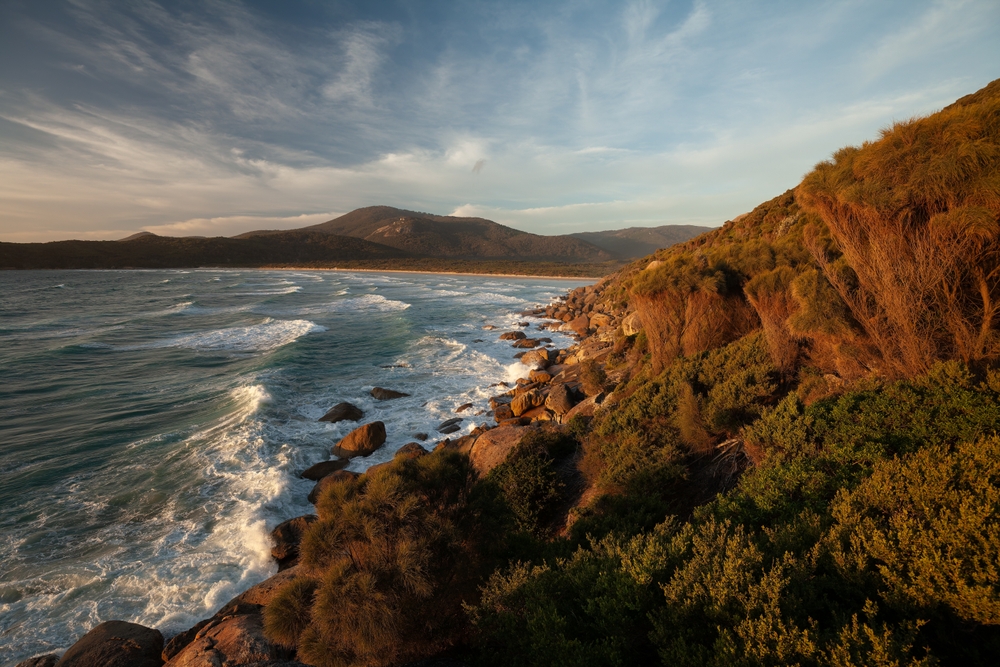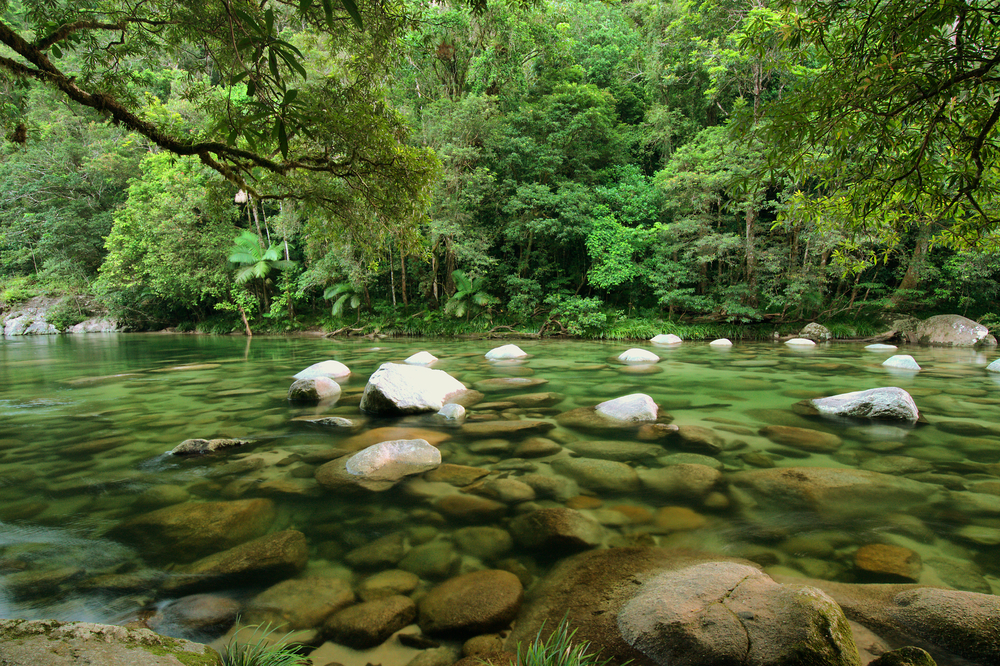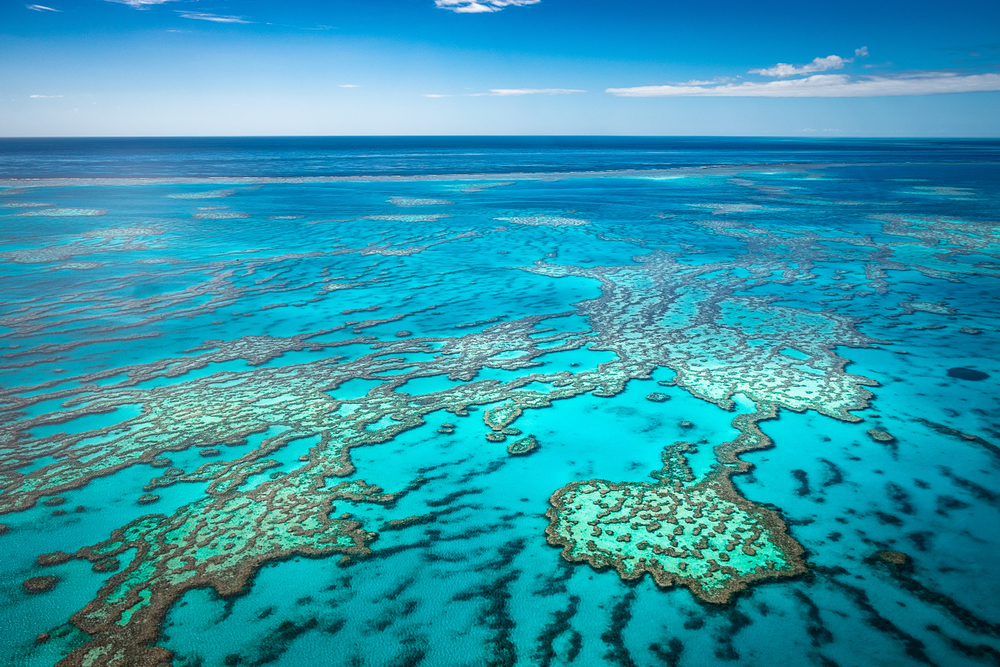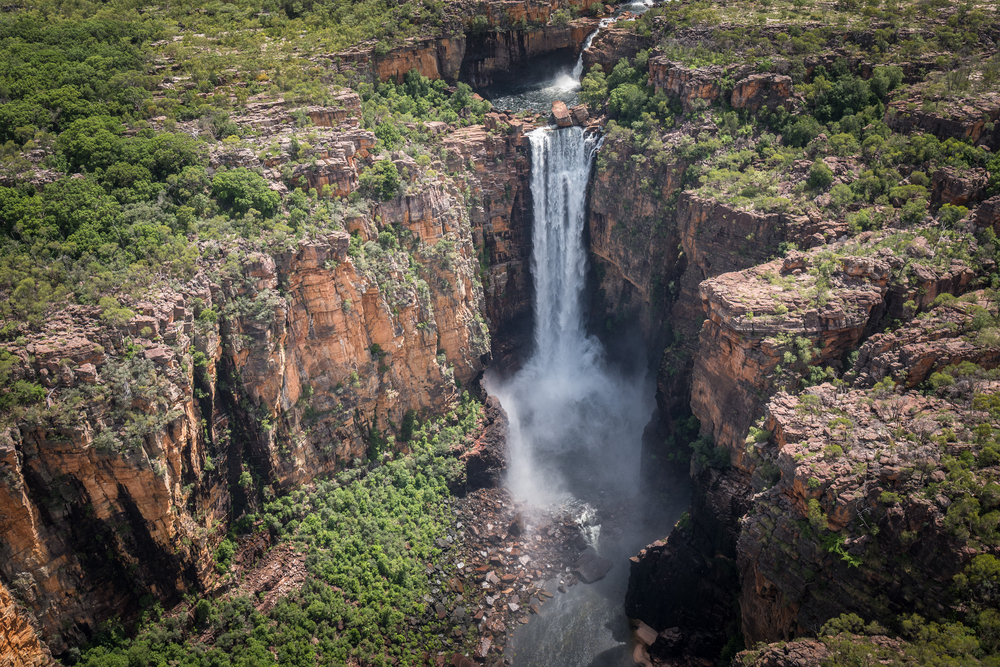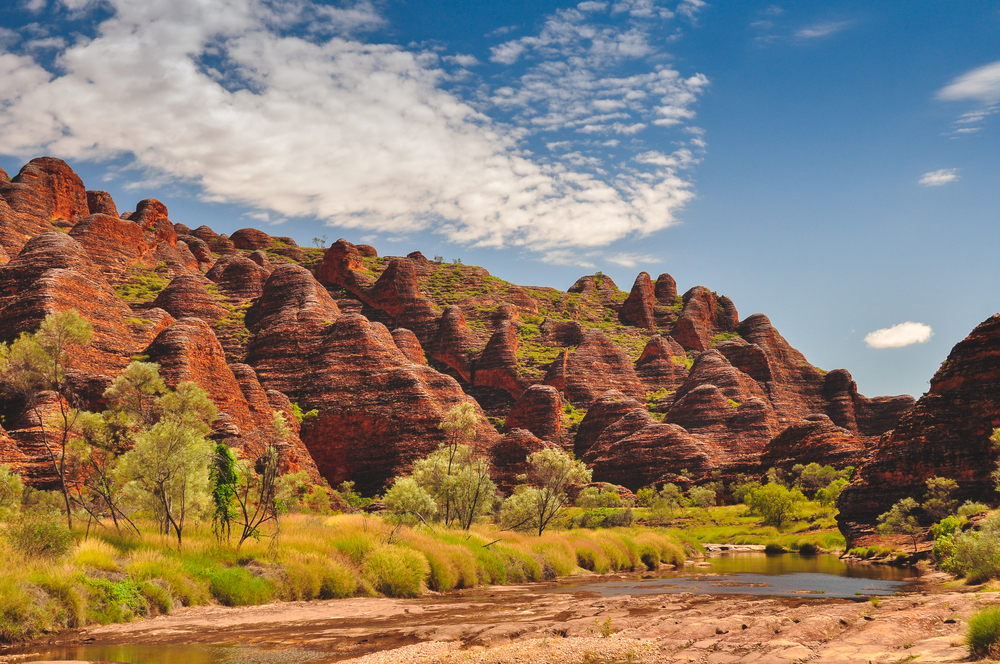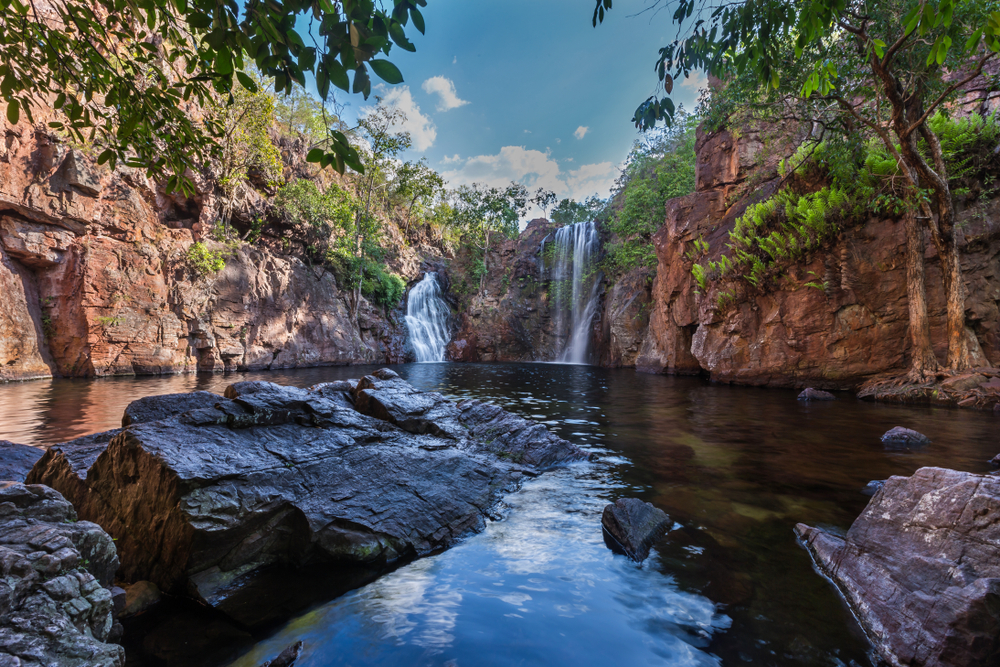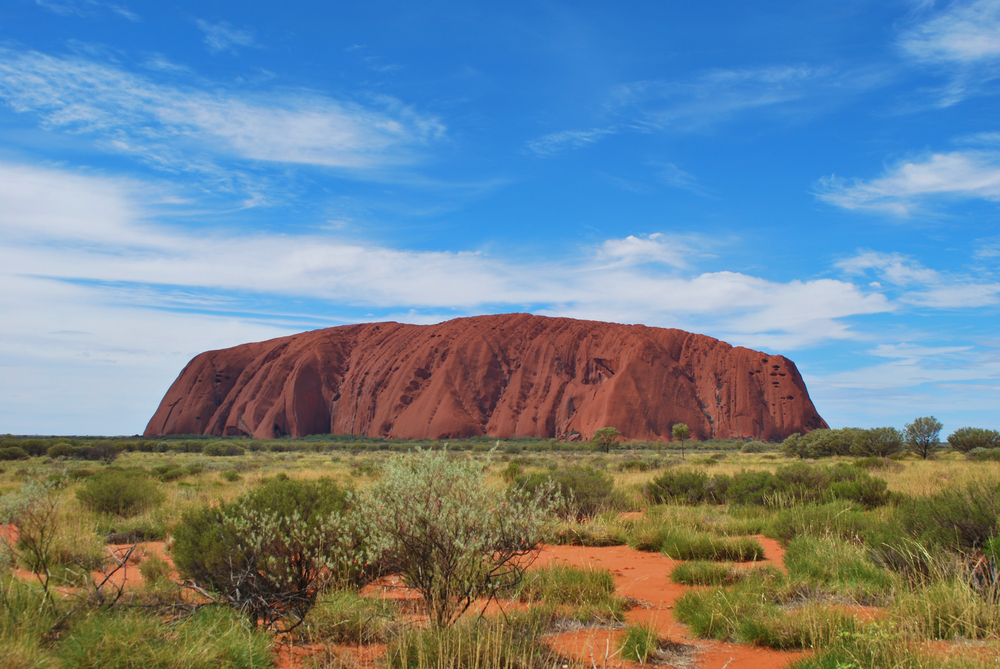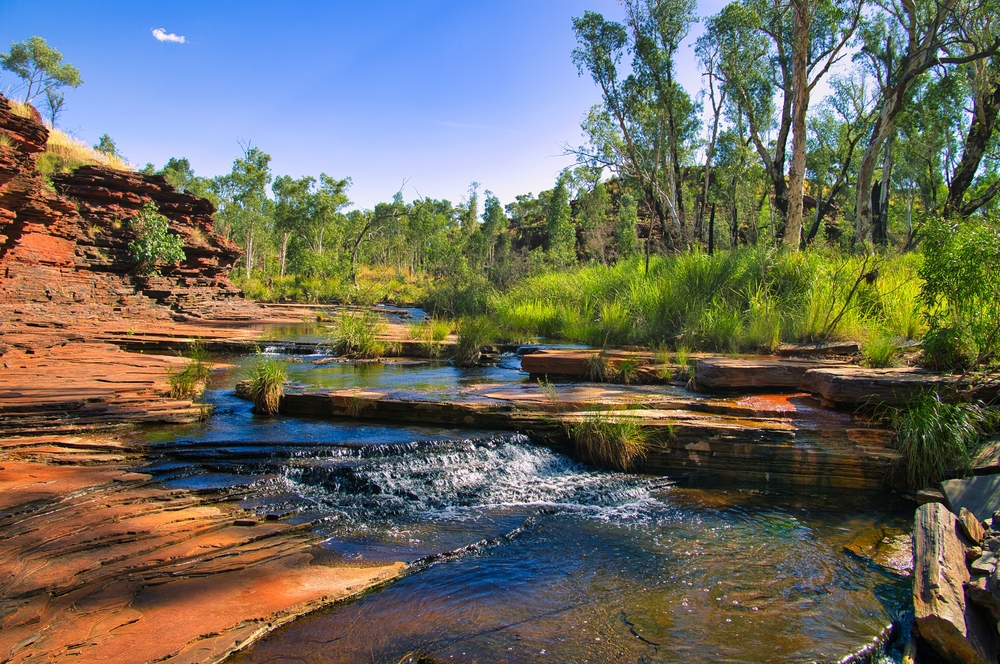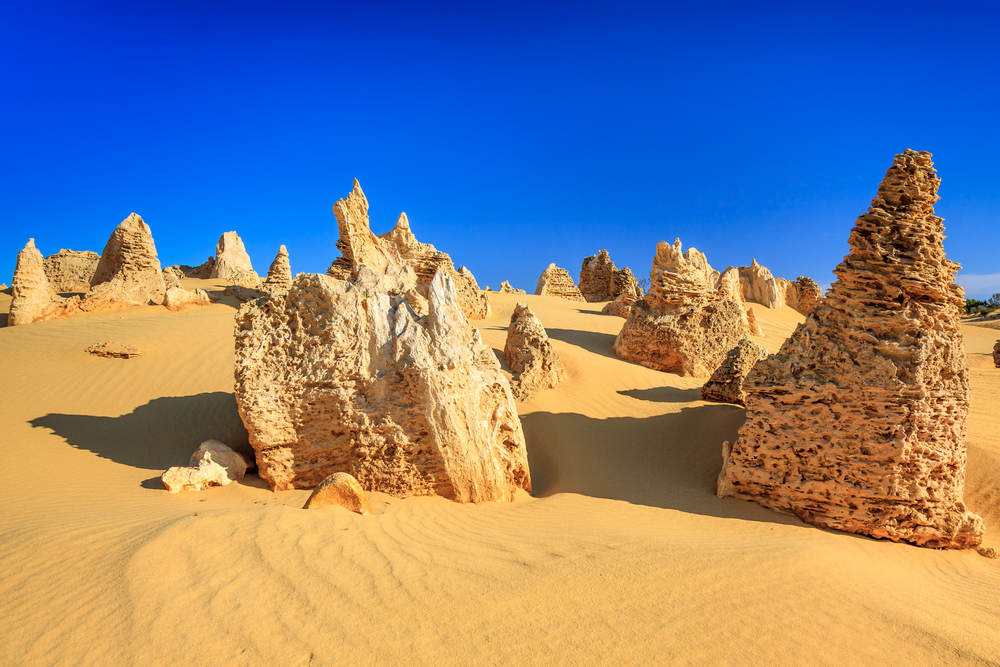Wilsons Promontory Overview
Wilsons Promontory National Park is a celebrated natural reserve located at the southernmost tip of mainland Australia in the state of Victoria.
Covering an area of about 505 square kilometers (roughly 195 square miles), the park offers a rich tapestry of coastal beauty and diverse ecosystems. Although it is widely known by its English name, local Indigenous communities maintain a deep cultural connection to this land through traditional names and enduring stories that celebrate its natural heritage.
The terrain of Wilsons Promontory National Park is an impressive blend of rugged coastlines, sweeping sandy beaches, dense woodlands, and gently rolling hills. Visitors are drawn to Squeaky Beach, where the distinctive quartz sand produces a high-pitched sound with every step, creating a playful interaction with nature.
Meandering coastal trails reveal sheltered bays, dramatic headlands, and hidden waterfalls that lend a serene and almost otherworldly quality to the landscape. The varied geography, punctuated by striking rock formations and secluded coves, invites both casual walkers and seasoned hikers to explore its many wonders.
Wildlife thrives throughout the park’s diverse habitats, offering a remarkable array of native species for enthusiasts to observe. Eastern grey kangaroos and wombats are commonly seen grazing in open meadows, while agile wallabies can be spotted along forest paths.
Bird enthusiasts will delight in the presence of species such as the crimson rosella and white-bellied sea eagle, whose graceful flights across the clear blue skies add to the park’s vibrant atmosphere. In addition, echidnas and an assortment of reptiles quietly inhabit the undergrowth, underscoring the park’s role as a haven for biodiversity.
These living treasures are protected by robust conservation programs that help maintain a delicate balance between nature and human activity.
A range of popular features and outdoor activities ensure that every visitor finds something to admire at Wilsons Promontory National Park. The historic Wilsons Promontory Lighthouse stands as an enduring beacon, offering panoramic views of the vast Southern Ocean and a tangible link to the area’s maritime past.
Numerous walking trails, ranging from leisurely strolls to challenging hikes, allow visitors to immerse themselves in the scenic beauty and varied terrain of the park. Camping sites, picnic areas, and guided wildlife tours further enhance the experience, inviting families, adventurers, and naturalists alike to connect deeply with this pristine landscape.
Water-based activities such as kayaking and snorkeling provide additional avenues for exploration, making the park a dynamic destination for outdoor recreation.
Management of the park continues to balance conservation with visitor engagement. Challenges such as controlling invasive species, mitigating wildfire risks, and managing the impacts of increasing tourism are met with proactive measures.
Through habitat restoration projects, controlled burning practices, and strong community involvement, the park’s authorities have achieved notable conservation successes. These efforts ensure that Wilsons Promontory National Park remains not only a place of stunning natural beauty but also a model for sustainable management and environmental stewardship.








































































